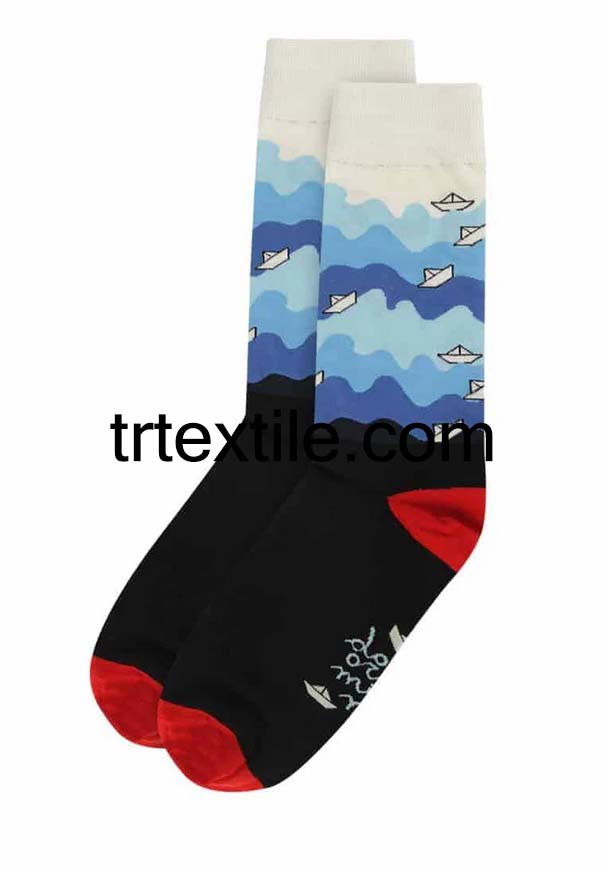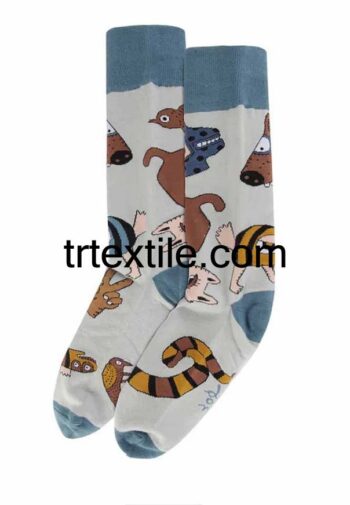Socks are a staple in everyone’s wardrobe, but have you ever stopped to think about how they are made? The production of socks is a complex and fascinating process that involves multiple steps and a variety of materials. From choosing the right fibers to knitting the final product, each stage of sock production requires precision and skill.
The first step in sock production is selecting the right materials. Socks can be made from a variety of fibers, including cotton, wool, nylon, and polyester. Each fiber has its own unique properties, such as breathability, durability, and moisture-wicking capabilities. The type of fiber used will depend on the intended purpose of the sock, whether it be for athletic performance or everyday wear.
Once the materials have been chosen, they are spun into yarn and dyed in a range of colors. The yarn is then loaded onto knitting machines, which come in various sizes and configurations depending on the desired sock style. Circular knitting machines are commonly used for producing tube socks, while flat knitting machines are used for more complex designs like dress socks.
As the yarn is fed into the knitting machine, a series of needles work together to create the sock’s structure. The needles move in a rhythmic pattern, looping the yarn together to form the sock’s body. Different parts of the sock, such as the toe and heel, may require different stitch patterns to ensure a comfortable and secure fit.
After the sock has been knit, it is removed from the machine and undergoes a process called linking. During linking, the toe seam is closed using a specialized machine that sews the edges together seamlessly. This step is crucial for ensuring the sock’s comfort and durability.
Once the socks have been linked, they are washed and dried to remove any excess dye or residue. They are then inspected for quality control, with any imperfections or defects being repaired or discarded. Finally, the socks are packaged and shipped to retailers or directly to consumers.
The production of socks is a labor-intensive process that requires a high level of skill and attention to detail. From selecting the right materials to knitting and finishing the final product, each step plays a crucial role in creating a high-quality sock. So the next time you slip on a pair of socks, take a moment to appreciate the craftsmanship and dedication that went into making them.




